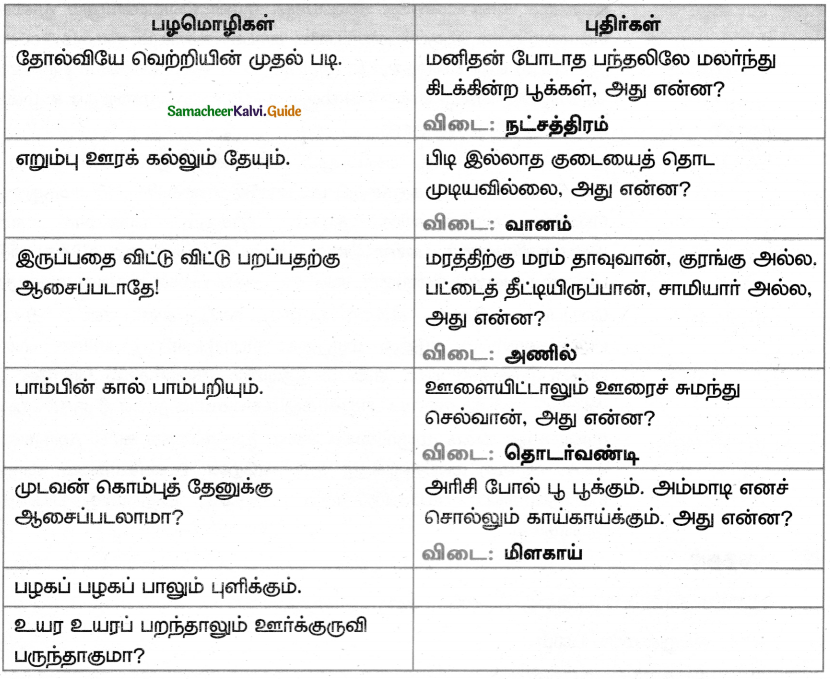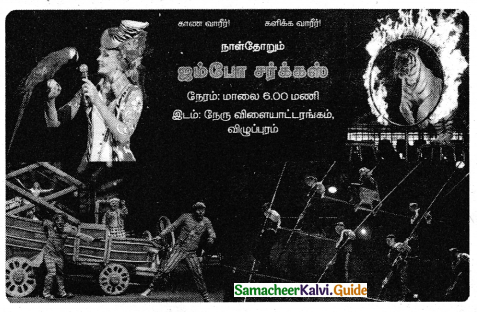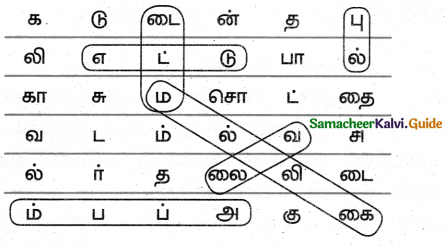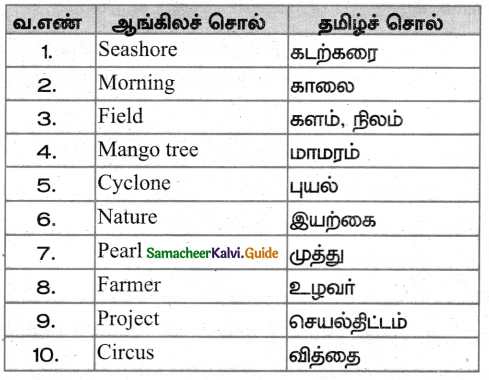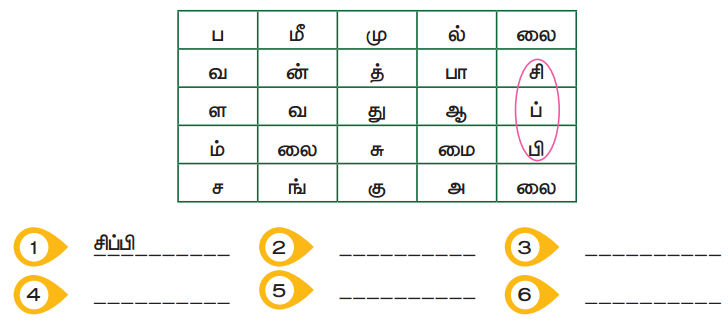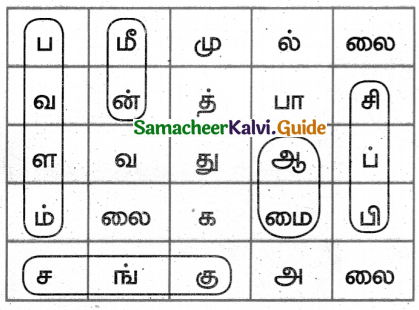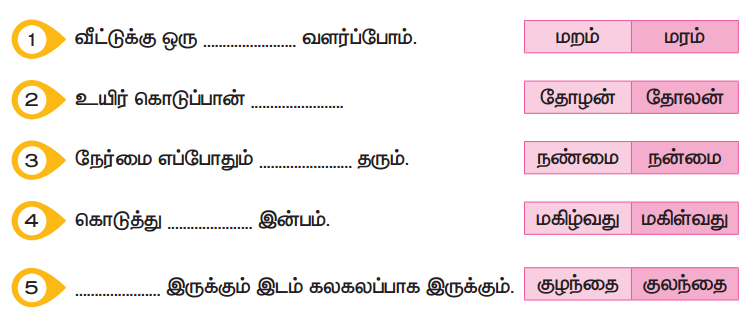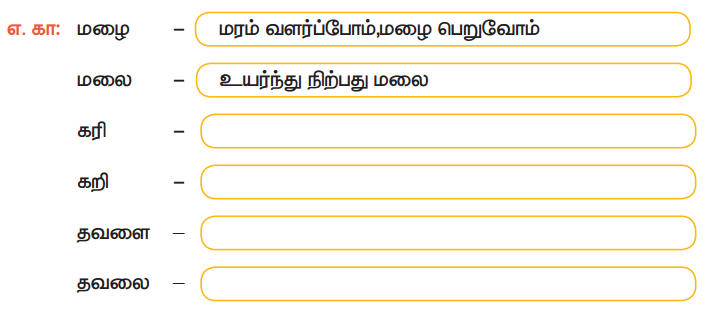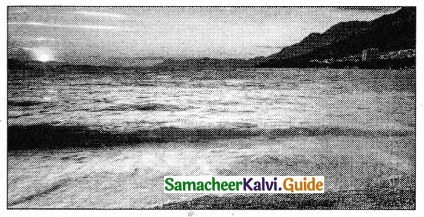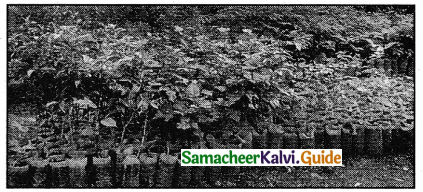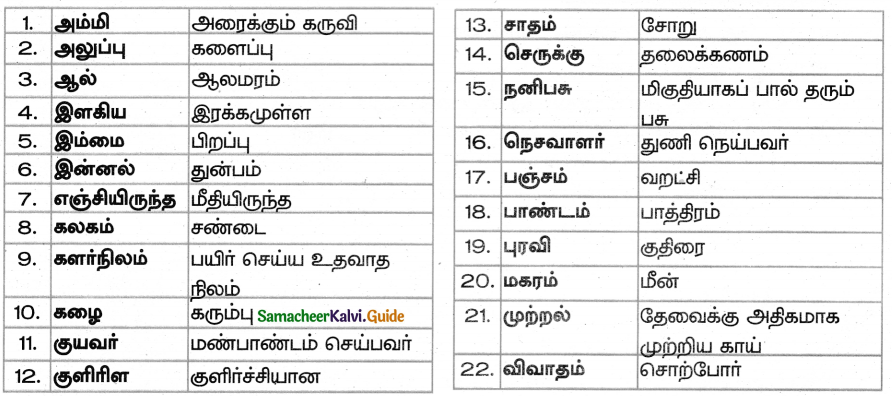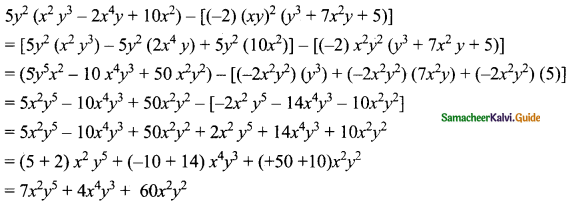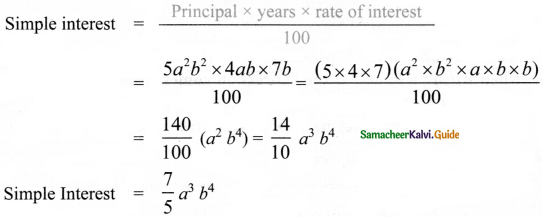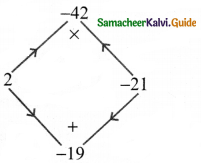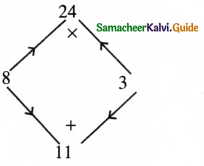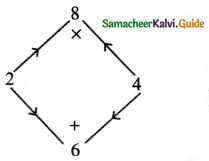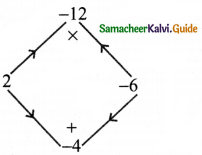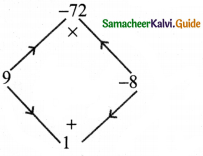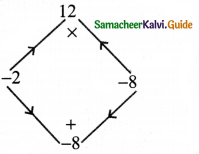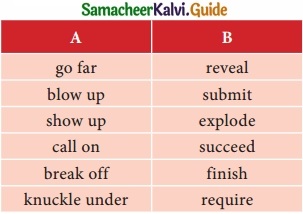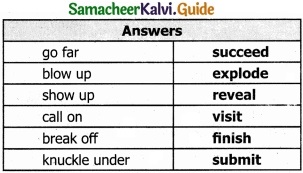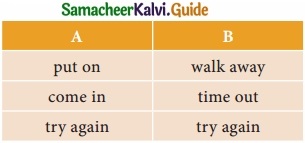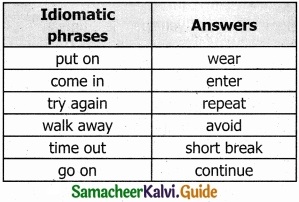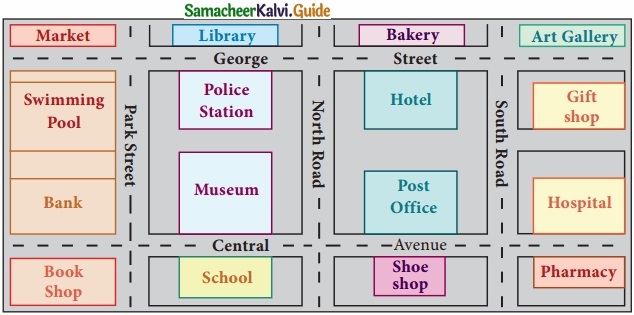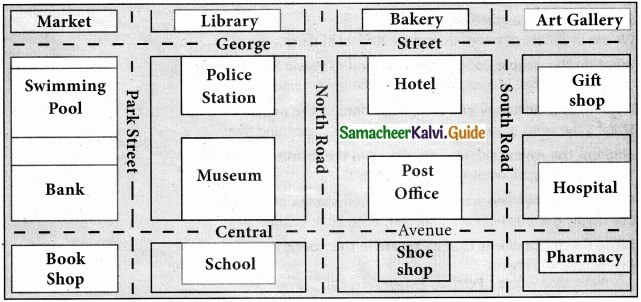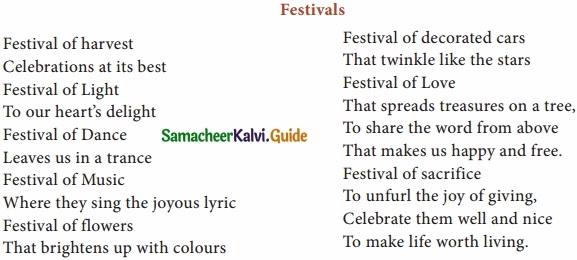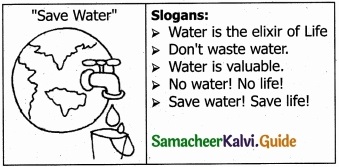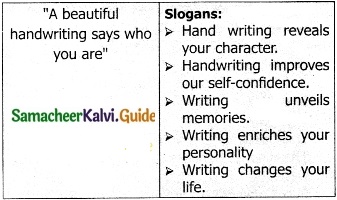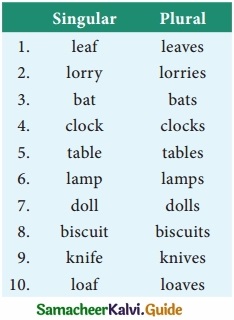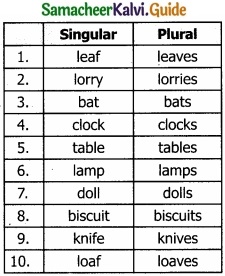Tamilnadu State Board New Syllabus Samacheer Kalvi 10th English Guide Pdf Prose Chapter 7 The Dying Detective Questions and Answers, Summary, Notes.
Tamilnadu Samacheer Kalvi 10th English Solutions Prose Chapter 7 The Dying Detective
10th English Guide The Dying Detective InText Questions and Answers
Question 1.
How did Watson feel when he heard of Holme’s illness?
Answer:
Watson felt horrified when he heard of Holme’s illness because he had hot heard about it before.
![]()
Question 2.
Why didn’t the landlady call the doctor?
Answer:
The landlady never disobeyed Holmes. So she didn’t call the doctor.
Question 3.
What was the condition of Holmes when Watson saw him?
Answer:
Holmes had a gaunt face. His eyes had a brightness of fever, his cheeks were flushed and his hand twitched all the time. He lay listless.
![]()
Question 4.
What according to Holmes was the disease he was suffering from?
Answer:
According to Holmes, he was suffering from the black Formosa plague.
Question 5.
Who did Watson see when he entered the room?
Answer:
Watson saw Culverton Smith’s butler at the doorway. On entering the room, he saw a thin man with bald head, Mr. Culverton Smith.
![]()
Question 6.
What were the instructions given by Holmes to Watson?
Answer:
Holmes instructed Watson to persuade Smith to come to meet Holmes. He also asked Watson to return before the arrival of Smith.
Question 7.
Why did Holmes plead with Smith?
Answer:
Holmes pleaded with Smith to cure him of his disease.
![]()
Question 8.
Who was responsible for Victor Savage’s death? What was the evidence for it?
Answer:
Mr. Culverton Smith was responsible for Victor savages death. The ivory box was the evidence for it.
Question 9.
What explanation did Holmes give for speaking rudely to Watson?
Answer:
Holmes explained that he spoke rudely to Watson because he wanted to bring Smith there and he didn’t want Watson to know that he wasn’t ill.
![]()
Question 10.
How was Holmes able to look sick?
Answer:
Holmes was able to look sick because of three days of fasting and the makeup.
10th English Guide The Dying Detective Textbook Questions and Answers
A. Answer the following questions in one or two sentences.
Question 1.
Who was Mrs. Hudson? Why was she worried?
Answer:
Mrs. Hudson was the landlady of Sherlock Holmes. She was worried because Holmes was very sick.
Question 2.
Why didn’t Holmes let Watson examine him?
Answer:
Holmes was suffering from a contagious disease, ever by touch, so he didn’t let Watson examine him.
![]()
Question 3.
Why did Holmes warn Watson against touching his things? What was Watson’s reaction?
Answer:
Holmes warned Watson against touching his things because he disliked others touching his things and the box was important evidence. Watson sat down silently.
Question 4.
What did Watson find on the table near the mantlepiece?
Answer:
Watson found a small black and white ivory box on the table near the mantlepiece.
![]()
Question 5.
Who is Mr. Culverton Smith?
Answer:
Mr. Culverton Smith is the man who has the knowledge of the disease, Holmes was suffering from. He is a planter. He lives in Sumatra, now visiting London.
Question 6.
What did Holmes ask Watson to do before leaving his room?
Answer:
Holmes asked Watson to put the coins in the pocket, light the lamp to half and he asked to keep the ivory box open on the table.
![]()
Question 7.
What instructions did Holmes give Watson to get Mr. Smith?
Answer:
Holmes asked Watson to persuade Mr. Culverton Smith of 13, Lower Burke Street to come and to tell him that Holmes was dying. He asked him to plead with Smith to save him.
Question 8.
Why did Holmes want Smith to treat him?
Answer:
Holmes thought that Smith was the only man in London who could cure him. So, he wanted Smith to treat him.
![]()
Question 9.
How did according to Smith Holmes get the disease?
Answer:
According to Smith, Holmes got the disease from the spring in the ivory box, that drew blood.
Question 10.
Who arrested Smith? What were the charges against him?
Answer:
Inspector Morton arrested Smith on the charges of murdering his nephew Victor Savage.
Additional Questions and Answers
Question 1.
Why did Holmes ask Watson to stand back?
Answer:
Holmes asked Watson to stand back because he was afraid that Watson would find out that Holmes was not ill.
![]()
Question 2.
According to Holmes, in what way Watson was very ignorant?
Answer:
According to Holmes, Watson did not know about Tarpaunli fever and Formosa plague. So Holmes said that Watson was very ignorant.
Question 3.
Why didn’t Holmes starve for three days?
Answer:
Holmes was pretending to be ill. So he starved for three days without food and direct in order to make others believe that he was ill indeed.
![]()
Question 4.
Why did Holmes behave like a sick man?
Answer:
Holmes knew the truth that Smith had murdered his nephew. No one knew this except Mr.Holmes. So he behaved like a sick man to put Smith in the prison.
Question 5.
Why did Holmes apologise to Watson?
Answer:
Holmes apologised to Watson because he was rude to him and undermined his capability as a doctor to get Smith there.
B. Answer the following questions in a paragraph of about 100-150 words.
Question 1.
How did Holmes trap Mr. Culverton Smith to confess the murder?
Answer:
Holmes did not eat or drink anything for three days which created an impact on his looks. He had become gaunt and pale. His voice had become just a groan. The landlady’s initial efforts to get a doctor were forbidden. On the third day evening, he allowed her to call Dr. Watson. When Dr. Watson arrived, there was a high drama disallowing him to examine the symptoms and snubbing him that he could allow a doctor in whom he can have confidence.
He claimed to have been affected by an eastern disease known as the Tarpaunli fever or black plague. When Dr. Watson offered to bring some other experts, Holmes got so annoyed. In a delirium like a state, he instructed Dr. Watson to keep some letters and papers on a table within his reach. He wanted the ivory box to be kept on the table. He instructed to slide it open using tongs. He had Smith invited. He described all the symptoms of his illness. Smith asked Holmes if he received any parcel on Wednesday.
Holmes replied affirmatively and brushed it aside saying that it had a sharp blade and drew his blood. Hearing this Smith was overjoyed. He openly told him his end was near. Victor, a young person died on the fourth day. The more Holmes pleaded, the more Smith elaborated on his crime. He said that he knew too much about Victor’s death. He should not have crossed his path. He happily said that he would pocket the evidence of his crime (i.e.) the ivory box and getaway. Suddenly Morton, Inspector, arrived and arrested him on charges of murder.
‘Murderers will be trapped.’
(OR)
Holmes sent Watson to bring Culverton Smith who knew to cure the Eastern diseases. Holmes acted to be ill with Formosa plague. Watson pleaded with Smith to save Holmes. Smith was shocked and he rushed to Holmes.
There Holmes told Smith about the ivory box which confirmed the cause of the disease. Holmes told that Smith was behind the murder of Victor Savage who was the victim of the same disease. Smith told that Holmes was dying. Holmes asked Smith to brighten the lamp to see him better. Holmes was only pretending to be sick. Thus he made Smith confess the truth about Victor Savage’s murder.
(OR)
- Sherlock Holmes was a detective.
- Watson was his friend.
- Holmes was sick with a deadly disease.
- He wanted Watson to bring Mr. Smith.
- Smith had murdered Victor.
- Holmes was detecting the case.
- On visiting Holmes, he confessed his crime.
- Smith agreed that he had tried to kill Holmes.
- At last, he was arrested by Inspector.
![]()
Question 2.
How did Watson help his friend to arrest the criminal?
Answer:
Introduction:
This story is about a dying detective Sherlock Holmes who acts and wanted to arrest a criminal who is in London.
Arrival of Watson:
Watson’s friend of Holmes arrived and was horrified to see Holmes was ill. He wanted to treat Holmes. But Holmes did not allow Watson to examine him. Holmes did not want Watson to know that he was not ill. So, he sent Watson to call Mr. Culverton Smith who was in London. He instructed him to come before the arrival of Smith and hide in the next room.
Arrival of Smith:
Watson called Smith and asked him to come to meet Holmes. Mr. Culverton Smith came and saw Holmes lying on the bed. He confessed to Smith that he only killed his nephew Victor Savage in order to retain his property. Holmes asked Smith to turn up the gaslight. It was a signal for Inspector.
Conclusion:
Inspector Morton came inside and arrested Smith on the charges of killing his nephew and his attempt to kill Holmes in the same way. Thus, Watson understood all the matter that happened around him.
(OR)
Culverton Smith lived in London. Holmes sent Watson to bring him. Watson told Smith about Holme’s serious sickness. Smith was shocked. Before his arrival, Watson returned and informed Holmes. Holmes sent Watson to the next room.
Holmes told Smith about the ivory box. Smith said that Holmes would die of it as Victor had died. Holmes affirmed that Smith was behind Victor’s murder. Smith said that there was no evidence to prove it. He tried to escape with the ivory box. Meantime Inspector Morton entered and arrested. Thus with the help of Watson, Holmes proved Smith a criminal.
(OR)
- Watson was sent to London to bring Smith.
- Watson told Smith about Holmes’ serious sickness.
- Watson returned before Smith’s arrival and informed Holmes.
- Holmes told Smith about the little ivory box.
- Smith said that Holmes would die of it like Victor.
- Holmes told that Smith was behind Victor’s murder.
- Smith said that there was no evidence to prove it.
- When Smith tried to escape from there, Inspector Morton arrested him.
- Thus Watson helped Holmes arrest the criminal at last.
Vocabulary:
C. Complete the following sentences by choosing the correct options given.
- Niteesh bought a ………………. (knew/new) cricket bat.
- The Shepherd ………………. (herd/heard) the cry of his sheep.
- Lakshmi completed her baking ………………. (course/coarse) successfully.
- Priya has broken her ……………….. (fore/fore) limbs.
- Leaders of the world must work towards the ……………….. (peace/piece) of the human race.
Answers:
- new
- heard
- course
- fore
- peace
Use the given example and make sentences of your own.
Commonly confused words
brought – past participle of bringing. E.g. Anitha had brought a book from the library.
Kavitha brought sweets on her birthday.
bought – past participle of buy. E.g. Lalitha had bought a new dress last week.
Avinash bought a new Hero cycle.
affect – to have an effect on. E.g. The pet’s death affected his master.
The fever affected Dhanush’s studies.
effect – anything brought about by a cause or agent; result. E.g. Both El Nino and La Nina are opposite effects of the same phenomenon.
The effect of ozone layer depletion is catastrophic.
D. Complete the tabular column by finding the meaning of both the words given in the boxes. Use them in sentences of your own.
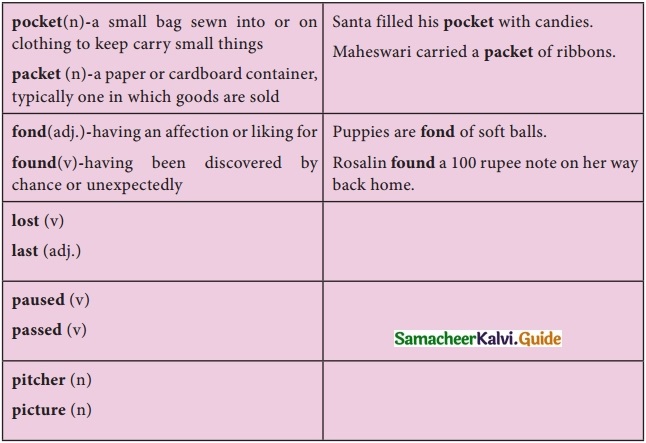
Answer:
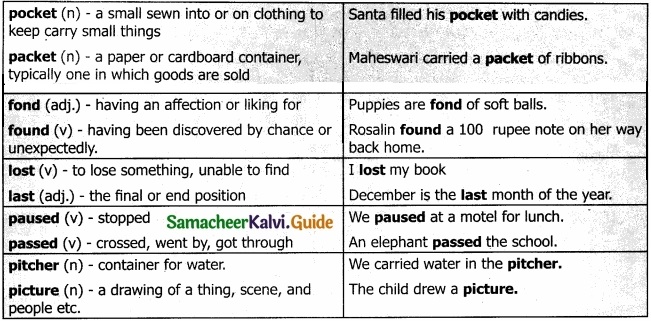
Listening Acitivity:
E. Listen to the story and answer the questions given below.
Question 1.
Where does this story take place?
(a) in a bakery
(b) at the police station
(c) in Ms. Gervis’ house
(d) in Ms. Gervis’ apartment
Answer:
(d) in Ms. Gervis’ apartment
![]()
Question 2.
Near the beginning of the story, “Ms. Gervis’ eyes are full of tears. Her hands are shaking”. How does Ms. Gervis probably feel?
(a) She is upset
(b) She is tired
(c) She is hungry
(d) She is confused
Answer:
(a) She is upset
![]()
Question 3.
What makes the detective sure that the robber did not come through the windows?
(a) The windows are locked
(b) The windows face the police station.
(c) The windows have not been used in months.
(d) The windows are too small for a person to fit through.
Answer:
(c) The windows have not been used in months.
Question 4.
What else was stolen from the apartment?
(a) crystal
(b) jewellery
(c) money
(d) nothing
Answer:
(d) nothing
![]()
Question 5.
“And the robber definitely did not use the front door”.Which is the best way to rewrite this sentence?
(a) “And the robber may not have used the front door.”
(b) “And the robber probably did not use the front door.”
(c) “And the robber was not able to use the front door.”
(d) “And the robber certainly did not use the front door,”
Answer:
(b) “And the robber probably did not use the front door.
Question 6.
What does Ms. Gervis do with her cakes?
(a) She eats them
(b) She sells them
(c) She hides them
(d) She gives them away
Answer:
(d) She gives them away.
![]()
Question 7.
What does the detective seem to think will happen if he solves the mystery?
(a) Ms. Gervis will start baking cakes again.
(b) Ms. Gervis will bake him extra cakes.
(c) Ms. Gervis will give him her secret recipe.
(d) Ms. Gervis will give him money and jewels.
Answer:
(a) Ms. Gervis will start baking cakes again
Question 8.
Do you like mysteries? What Is your favourite kind of story? Explain.
Answer:
Yes, I like mysteries. They are thrilling and adventurous. I like the story of PG. wood houses. He is a master of gentle humour and he is not known as a realist. His world is a bubble-like existence within ‘Blandings Castle.’
The East Ender’s light, if ever mentioned in his work, is used to add colour. This story is perhaps the one rare example of his writing. In this story, he addresses class issues and poverty but with his trademark light touch.
Speaking Activity:
F. Exercise
Question 1.
Present the review of a movie that you have watched recently?
Answer:
I recently saw ‘Meet the Parents’ I was much pleased with the movie. It is a comedy that depicts what happens when a man is introduced to his girlfriend’s family for the first time. This guy ending up getting himself into a world of trouble that he never experienced.
This Movie is filled with amazing actors who truly make the film. First, Robert De Niro gives a legendary performance in this film. He is absolutely hilarious. Ben stiller’s as the male lead is his usual funny self. Finally, Owen Wilson is also good for a lot of laughs throughout the film, even though he is playing a supporting role.
The casting for this movie is truly perfect and the actors do not disappoint. One of the best things about this movie is that it is so relatable. Overall, this is a great movie with a mix of a ton of laughs and a love story all rolled into one. If you’re looking for a pick-me-up or to laugh hysterically the movie for you.
![]()
Question 2.
Give the review of a book that has interested you a lot?
Answer:
I read ‘Macbeth’ the great work of Shakespeare in recent time. This is known, for its dark and powerful theme. This is Shakespeare’s shortest tragedy. It tells the story of a brave Scottish general named Macbeth. Compared to the other Shakespearean plays that I have read ‘Macbeth’ was fairly easy to follow.
I found it interesting how ‘Macbeth’ who was once an honourable general transformed into a heartless monster, whose ambition made him lose all sense of right and wrong. Macbeth begins slowly mentally break down to the point where he sees ghosts as well as Lady Macbeth.
She becomes convinced that her hands are permanently stained with the blood of the person they murdered. Macbeth gave me a new insight on the writing of Shakespeare, and surprisingly. It was very enjoyable. Macbeth is one of Shakespeare’s works that everyone must read during their life time, and it reminds us about the danger of ambition and the evil that lurks in every singles one of us.
![]()
Question 3.
Review an event which your school has hosted recently?
Answer:
Recently our school hosted an inter-school cultural activities competition. About 15 schools from the town participated in many competitions on stage and off stage. The students showed their talent and imagination through their enthralling performance and also through solo singing.
The children beamed with confidence as they displayed their talents. Prizes were also given to all the participants. The gathering enjoyed watching all the colourful events in addition to the melodious singing. The school Principal and teachers appreciate their hard work and practice.
Reading:
Read the story carefully and answer the questions asked below.
A Mystery Case:
For a man of ease, John Mathew kept an arduous schedule. On Wednesdays, for example, he was awakened at 9.00 and served breakfast in bed by Emanuel, his chef. Next came a quick fitness session with Basky, his personal trainer. Then, at 10.30, John Mathew answered his mail, returned phone calls and rearranged his social calendar helped by Louise, his secretary.
At noon, John Mathew drove his Jaguar to the station and took a commuter train into Guindy for his weekly lunch with Lalli and Lolly, his two oldest and dearest friends. Then, on to a little shopping. The 4:05 nonstop would bring him back to Tambaram.
As John Mathew drove up to the house at 5:00, Basky would have already set up the massage table and warmed the scented oils for a soothing herbal wrap. It was a gruelling life but John seemed to thrive on it. On this Wednesday, however, there was an unexpected change of plans.
Today John’s shopping errand involved taking his diamond bracelet into the jeweller’s for cleaning. He threw the expensive jewel into his purse and proceeded on to lunch. As John waved his friend’s good-bye and exited the restaurant, he sensed he was being followed.
The feeling continued until he reached Tenth Avenue. Then, as he joined the throng of shoppers, John felt a hug. Within a split-second, a man riding a pillion on a bike rode past him, grabbing his purse. He couldn’t guess who the culprit was?
G. Match the following.
- A man of ease – Emanuel
- John’s trainer – Lalli and Lolly
- Mathew’s secretary – John Mathew
- John’s chef – Louise
- Mathews friends – Basky
Answer:
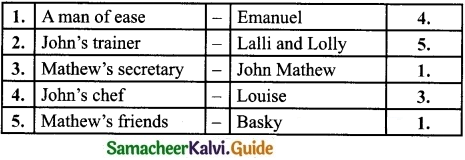
H. State whether the given statements are true or false. If false, correct the statements.
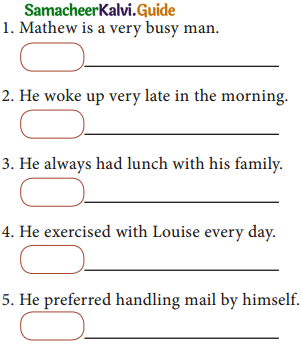
Answer:
1. Mathew is a very busy man.
[True]
2. He works up very late ¡n the morning.
[True]
3. He always had lunch with his family.
[False] He always had lunch with Lalli and Lolly
4. He exercised with Louise every day.
[False] He exercised with Basky every day.
5. He preferred handling mail by himself.
[False] He preferred handling mail with Louise.
Writing:
Pamphlet
I. Create a pamphlet for the following:
1. Make a pamphlet on Dengue Awareness,
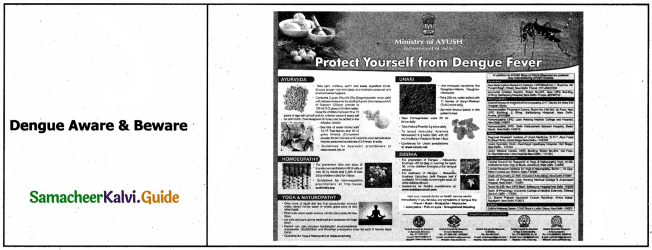
2. Make a pamphlet for your School Fair organised for raising funds for relief.
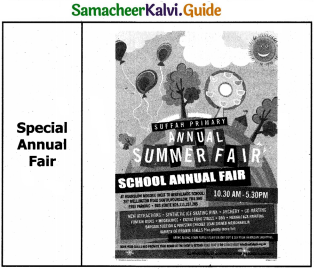
3. Make a pamphlet on the latest gadgets.

J. Write a letter of enquiry for the following.
1. You are a librarian in a newly established school. Write a letter to the book dealer inquiring about the list of newly arrived English children’s storybooks and various subject books relevant to 10-14 age groups.
Tirunelveli From To Sir, We shall be thankful If you send us the list of new arrivals of children’s storybooks relevant to the 10-14 age group. This will help us to place the order for our school library for this academic year. Looking forward to your earliest reply. Thanking you Address on the Envelope Yours Faithfully, |
![]()
2. Venkat hails from a remote village of Kancheepuram District, Tamil Nadu who aspires to become an lAS officer. Currently, he is in class X. He notices an advertisement on free passes for the IAS aspirants by a trust in a newspaper. He writes a letter to the coordinator of the trust inquiring for further details.
Madurai From To Sir, Kindly send the details for admission to me for the free classes conducted by Aspire IAS Academy. I am studying in class 10, now. Thanking you Yours Sincerely, |
![]()
3. Write a letter to the head of the BSNL office enquiring regarding the Internet broadband scheme launched recently.
Nellai, From To Sir, Sub: Internet broadband scheme – Reg. The new scheme launched by BSNL for Internet Broadband connection inspires us. Kindly send us the details about the same. Thanking you Yours faithfully, |
Grammar:
A. Transform the following sentences as instructed.
Question 1.
On seeing the teacher, the children stood up. (into Complex)
Answer:
When /As soon as the children saw the teacher, they stood up.
![]()
Question 2.
At the age of six, Varsha started learning music (into Complex)
Answer:
Varsha started learning music when she was six years old.
Question 3.
As Varun is a voracious reader, he buys a lot of books (into Simple)
Answer:
Being a voracious reader, Varun buys a lot of books.
![]()
Question 4.
Walk carefully lest you will fall down. (into Complex)
Answer:
Unless you walk carefully, you will tall down
Question 5.
Besides being a dancer, she is a singer. (into Compound)
Answer:
She is not only a dancer but also a singer.
![]()
Question 6.
He is sick but he attends the rehearsal. (into Simple)
Answer:
In spite of his sickness, he attends the rehearsal.
Question 7.
If Meena reads more, she will become proficient in the language. (into Compound)
Answer:
Meena must read more otherwise she will not become proficient in the language.
![]()
Question 8.
He confessed that he was guilty. (into Simple)
Answer:
He confessed his guilt.
Question 9.
The boy could not attend the special passes due to his mother’s illness. (into Compound)
Answer:
The boy’s mother was sick and so he could not attend the special classes.
![]()
Question 10.
He followed my suggestion. (into Complex)
Answer:
He followed what I suggested.
B. Combine the pairs of sentences below into simple, complex, and compound.
1. Radha was ill. She was not hospitalised.
Simple: Inspite of being ill, Radha was not hospitalised.
Complex: Though Radha was ill, she was not hospitalised.
Compound: Radha was ill but she was not hospitalised.
![]()
2. The students were intelligent. They could answer the questions correctly.
Simple: The intelligent students could answer the questions correctly
Simple: The students being intelligent, they could answer the questions correctly.
Compound: The students were intelligent and so they could answer the questions correctly.
Complex: As the students were intelligent, they could answer the questions correctly.
3. I must get a visa. I can travel abroad
Simple: I must get a visa to travel abroad.
Complex: If I get a visa, I can travel abroad.
Compound: I must get a visa and then only I can travel abroad.
![]()
4. I saw a tiger. It was wounded.
Simple: I saw a wounded tiger.
Complex: I saw a tiger which was wounded.
Compound: I saw a tiger and it was wounded.
5. There was a bandh. The shops remained closed.
Simple: The shops remained closed due to bandh.
Complex: Since there was a bandh, the shops remained closed.
Compound: There was a bandh and so the shops remained closed.


